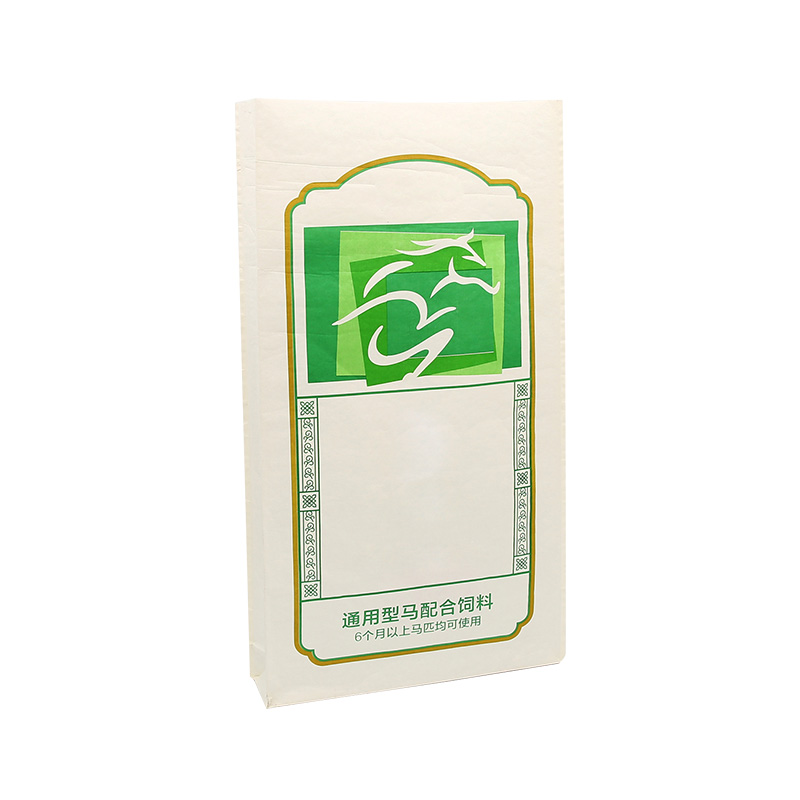In the field of modern packaging, materials and formats play a significant role in ensuring safe transport, storage, and delivery of goods. Among the many available solutions, PP woven bags stand out as reliable options that support industries ranging from agriculture to construction. Their combination of strength, flexibility, and cost efficiency makes them particularly well-suited for a wide range of industrial packaging requirements.

Strength and Durability in Packaging
Industrial packaging often involves heavy or bulk goods such as cement, sand, fertilizer, grains, and raw chemicals. PP woven bags are designed to withstand significant stress and handling during transportation. The woven polypropylene fabric creates a robust structure that resists tearing while still being lightweight enough to reduce shipping costs. This balance of durability and practicality makes PP woven sacks a trusted solution for companies handling large quantities of product.
Applications Across Industries
The applications of PP woven bags are broad. For example, they are commonly used as PP woven rice bag solutions in agricultural markets, where large amounts of rice or grain must be stored and shipped efficiently. The bags are breathable enough to prevent spoilage but also strong enough to manage the weight of several kilograms of product. In the chemical sector, PP woven bags are used for powders, granules, and fertilizers, where durability and moisture resistance are essential. Construction materials such as cement also rely heavily on PP woven sacks because they can maintain integrity even under challenging conditions.
Comparison With Other Packaging Formats
When discussing industrial packaging, it is also useful to compare PP woven bags with other common materials. For instance, flexible packaging bags are widely used for lighter products and provide adaptability for irregularly shaped goods. They are often used in consumer packaging, but for industrial-scale storage, PP woven sacks offer greater load-bearing capacity. On the other hand, plastic seal bags packaging provides a convenient solution for smaller quantities, particularly when airtight sealing is needed to protect sensitive materials. While seal bags and flexible packaging solutions serve important roles, they complement rather than replace the heavy-duty applications of PP woven packaging.
Environmental Considerations
Sustainability has become a priority across industries, and PP woven bags contribute to this goal in several ways. They are reusable, with many bags being able to withstand multiple filling and emptying cycles before disposal. Moreover, polypropylene is recyclable, allowing used sacks to be reprocessed into new products. Compared with single-use plastic films, PP woven bags reduce packaging waste and extend the lifecycle of packaging materials. This makes them an attractive choice for companies aiming to align with environmental standards and reduce the overall footprint of their operations.
Adaptability and Design Options
Another important aspect of PP woven bags is their adaptability. They can be laminated to provide moisture resistance, or produced with micro-perforations for breathability. Printing technologies also allow companies to display branding, handling instructions, or safety warnings directly on the bag surface. From plain white sacks to fully customized designs, PP woven packaging meets both functional and marketing needs. Their ability to balance industrial strength with communication purposes sets them apart in the broader packaging market.
Logistics and Transportation Benefits
For industries engaged in global supply chains, PP woven bags offer practical benefits during logistics and shipping. Their stackable nature makes them easy to palletize and store in warehouses. Unlike some flexible packaging bags that may lose shape under pressure, woven sacks maintain form, reducing the risk of damage during long-distance transport. Additionally, the bags can be produced with different closures, such as sewing, heat sealing, or valve options, depending on the type of product being transported. This flexibility allows manufacturers and distributors to match packaging to specific product requirements.
Cost Efficiency and Market Value
In competitive markets, cost efficiency is an important factor. PP woven bags are relatively inexpensive to produce in comparison with some other heavy-duty packaging solutions. Their reusability also reduces overall packaging costs for businesses, since one sack can be used multiple times before being retired. The durability of woven polypropylene ensures fewer losses due to bag failure, which contributes to savings in both material and product protection.
Future Prospects in Industrial Packaging
Looking ahead, PP woven bags are expected to remain central to industrial packaging. Research into new additives, coatings, and design improvements will continue to expand their functionality. With rising global attention on sustainable and recyclable packaging, PP woven sacks will likely gain further adoption in industries seeking practical yet environmentally responsible solutions. While flexible packaging bags and plastic seal bags packaging will continue to serve their own important roles, PP woven bags will maintain their strong presence in heavy-duty applications.


 English
English Español
Español عربى
عربى
